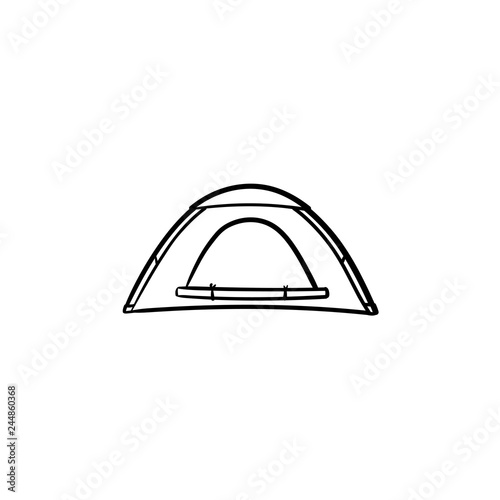Wintertime camping is an enjoyable and adventurous experience, but it calls for proper equipment to guarantee you stay warm. You'll need a close-fitting base layer to catch your body heat, together with a shielding jacket and a water resistant covering.
You'll likewise require snow risks (or deadman supports) hidden in the snow. These can be connected utilizing Bob's creative knot or a routine taut-line hitch.
Pitch Your Outdoor tents
Winter season outdoor camping can be a fun and adventurous experience. Nonetheless, it is necessary to have the correct equipment and understand just how to pitch your camping tent in snow. This will prevent cool injuries like frostbite and hypothermia. It is likewise vital to eat well and remain hydrated.
When establishing camp, ensure to pick a site that is sheltered from the wind and free of avalanche danger. It is additionally an excellent concept to load down the location around your camping tent, as this will help in reducing sinking from temperature.
Before you established your camping tent, dig pits with the exact same size as each of the anchor factors (groundsheet rings and person lines) in the facility of the camping tent. Fill these pits with sand, stones or even stuff sacks full of snow to compact and safeguard the ground. You may likewise want to take into consideration a dead-man support, which includes tying camping tent lines to sticks of wood that are hidden in the snow.
Pack Down the Area Around Your Outdoor tents
Although not a need in a lot of areas, snow risks (additionally called deadman supports) are an exceptional enhancement to your tent pitching kit when camping in deep or pressed snow. They are basically sticks that are designed to be buried in the snow, where they will certainly ice up and develop a solid anchor point. For ideal outcomes, use a clover drawback knot on the top of the stick and hide it in a few inches of snow or sand.
Set Up Your Tent
If you're camping in snow, it is an excellent concept to utilize a camping tent designed for winter backpacking. 3-season camping tents function great if you are making camp below timberline and not anticipating especially rough weather condition, yet 4-season camping tents have stronger poles and fabrics and supply more defense from wind and heavy snowfall.
Make certain to bring adequate insulation for your sleeping bag and a cozy, completely dry inflatable mat to sleep on. Inflatable floor coverings are much warmer than foam and aid protect against chilly spots in your outdoor tents. You can likewise include an additional mat for sitting or cooking.
It's additionally an excellent idea to establish your camping tent near to an all-natural wind block, such as a team of trees. This will certainly make your camp a lot more comfortable. If you can't find a windbreak, you can create your own by digging holes and hiding things, such as rocks, camping tent stakes, or "dead man" supports (old tent man lines) with a shovel.
Restrain Your Camping tent
Snow stakes aren't needed if you utilize the right techniques to anchor your outdoor tents. Hidden sticks (possibly gathered on your technique walking) and ski poles function well, as does some version of a "deadman" hidden in the snow. (The idea is camping to create an anchor that is so solid you won't be able to draw it up, despite a lot of initiative.) Some makers make specialized dead-man anchors, yet I like the simplicity of a taut-line drawback linked to a stick and after that hidden in the snow.
Know the surface around your camp, specifically if there is avalanche risk. A branch that falls on your camping tent can damage it or, at worst, hurt you. Also watch out for pitching your camping tent on a slope, which can trap wind and lead to collapse. A protected area with a reduced ridge or hillside is far better than a high gully.
